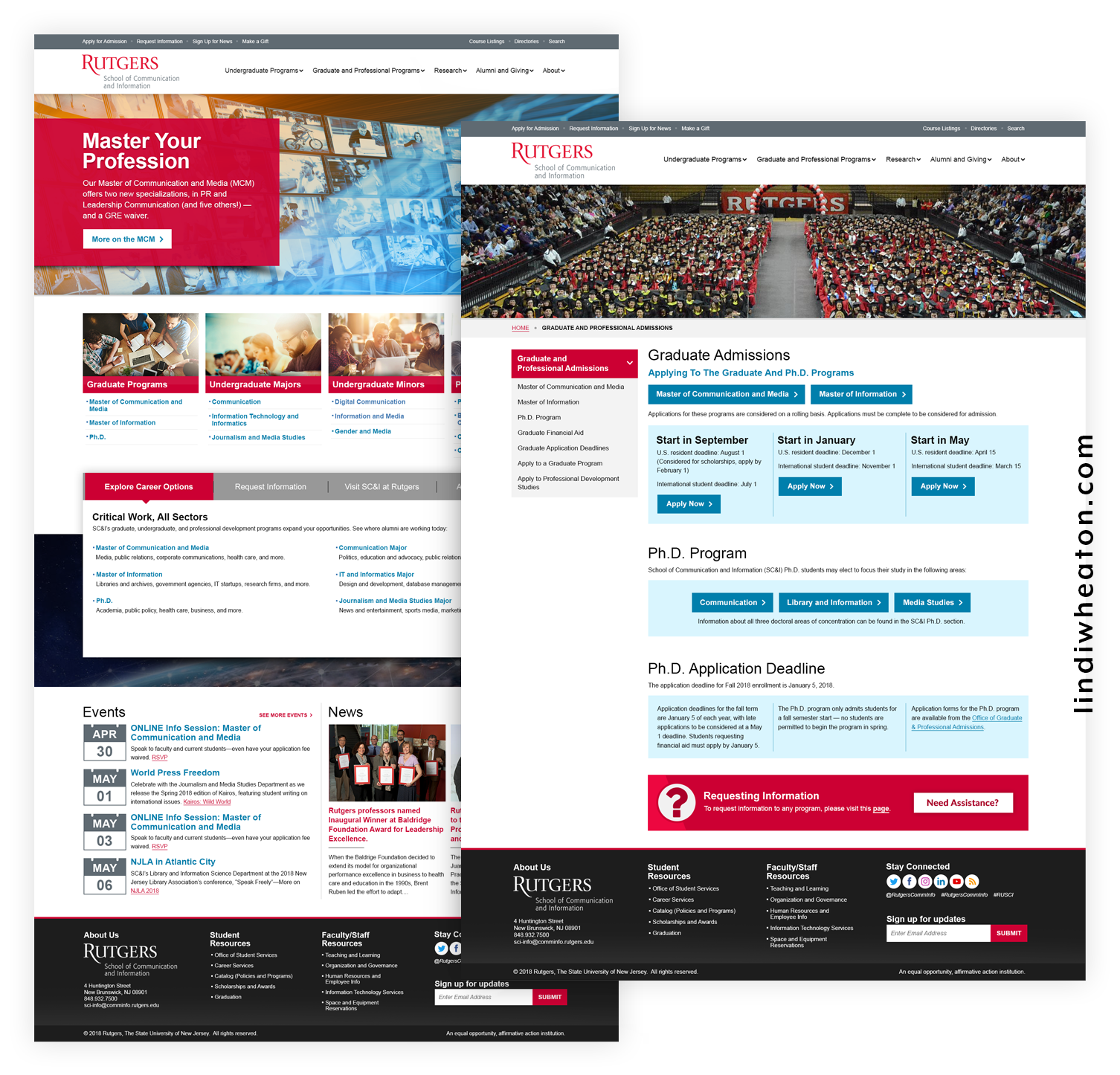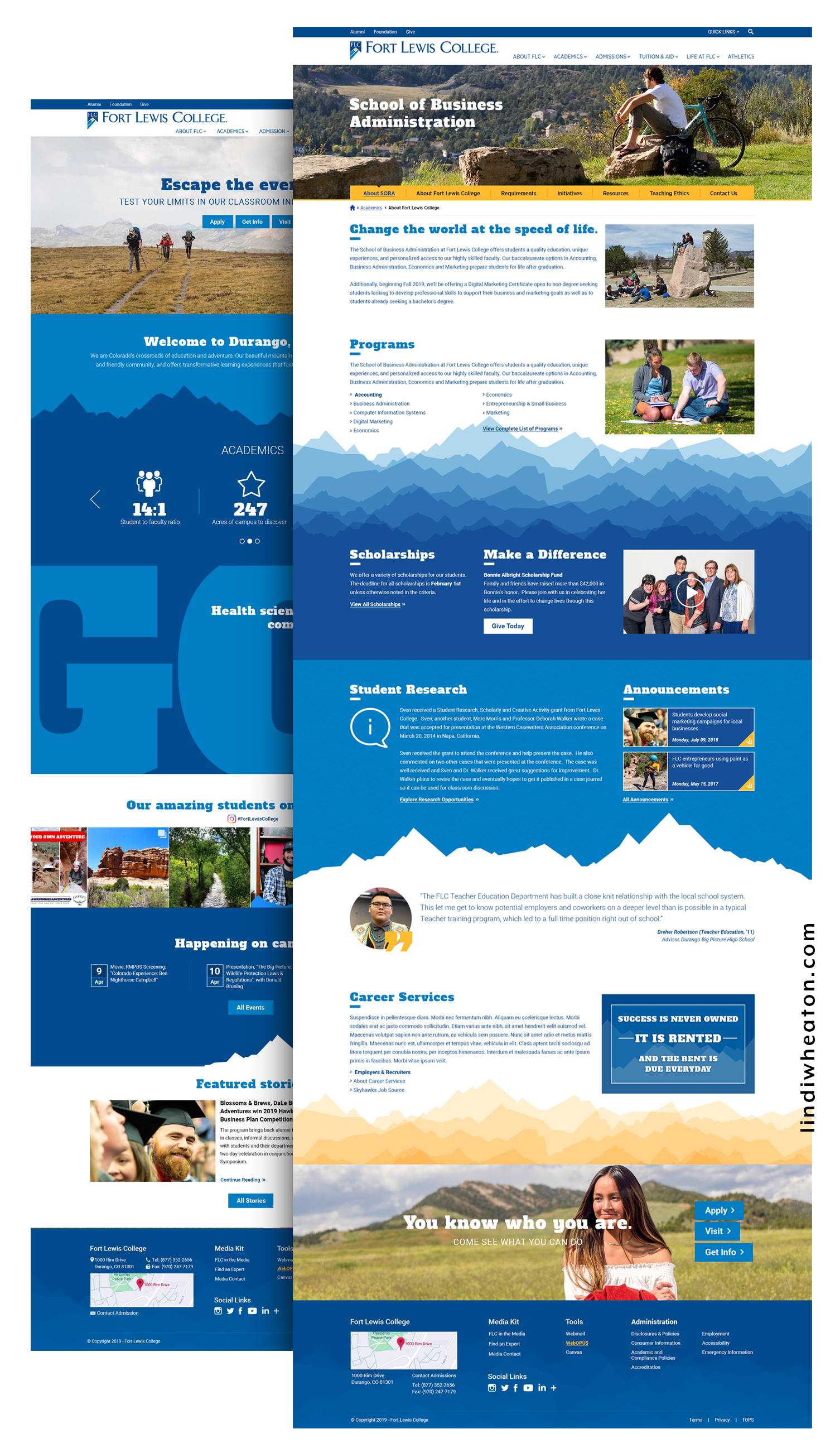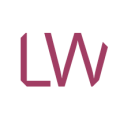Balancing Aesthetics with Usability: The secret to powerful UX/UI design
Where stunning design meets effortless usability
In the world of UX/UI design, one challenge remains constant: how do you balance a visually stunning interface with seamless usability and accessibility? A beautiful website or app may attract attention, but if users can’t quickly navigate, find information, or complete tasks, your design is failing its ultimate purpose.
As a <a href=”https://www.lindiwheaton.com/about-lindi/”>Senior UI/UX Designer</a> with over 15 years of experience, I’ve seen businesses struggle with this exact challenge. The good news? When aesthetics and usability align, the result is a digital experience that delights users, strengthens your brand, and drives measurable results.
Why aesthetics alone aren’t enough
Many companies fall into the trap of prioritizing visual trends over functionality. A homepage may feature eye-catching animations, vibrant gradients, or bold typography—but if those design choices slow down load times, confuse navigation, or hide critical CTAs, they harm conversion rates.
A user interface is more than decoration. It’s a functional tool that connects people to your business. Without a focus on usability, even the most elegant designs can frustrate users and push them toward competitors.
The role of usability in UX/UI design
Usability ensures that your product works for everyone, regardless of their technical ability or physical needs. When usability is baked into the design process, users can:
-
Find what they need in seconds
-
Understand navigation without confusion
-
Interact with features confidently
-
Complete tasks without unnecessary friction
A usable design also reduces support requests, builds customer trust, and increases adoption. In today’s competitive landscape, usability isn’t optional—it’s a differentiator.
Accessibility: The cornerstone of usability
A truly usable product is also an accessible product. Designing for accessibility means ensuring that people with disabilities can use your website or app effectively. This isn’t just about meeting WCAG compliance standards—it’s about inclusivity, empathy, and expanding your audience reach.
Accessible design practices include:
-
High contrast text for readability
-
Screen reader-friendly layouts and alt text
-
Clear focus states and keyboard navigation
-
Avoiding reliance on color alone for meaning
-
Scalable typography for different devices
By focusing on accessibility, you’re not only doing the right thing ethically—you’re also boosting your SEO, meeting legal standards, and showing your commitment to user experience design best practices.
The Formula: Aesthetics + Usability
The strongest UX/UI designs happen when visuals and usability work together. Here’s how to achieve the perfect balance:
1. Start with research
User personas, journey maps, and usability testing provide insights into what your audience really needs. Don’t guess—design with data.
2. Simplify navigation
A clear, consistent navigation structure reduces cognitive load. Users should know exactly where they are and how to get where they want to go.
3. Design for mobile-first
Over half of all web traffic comes from mobile devices. A mobile-first approach ensures accessibility, faster load times, and adaptive layouts that enhance usability.
4. Use visuals to support, not distract
Animations, icons, and color palettes should guide users, not overwhelm them. Every visual choice should serve a purpose.
5. Test early, test often
Prototypes and usability tests uncover issues before launch. Accessibility audits and screen reader tests are non-negotiable steps in this process.
Business impact of balanced design
When aesthetics and usability are aligned, your digital product delivers measurable business benefits:
🚀 Higher Conversion Rates: Users are more likely to take action when design is intuitive.
💡 Stronger Brand Identity: Clean, accessible design signals professionalism and trustworthiness.
📈 Improved SEO: Accessibility practices, faster load times, and structured design boost search rankings.
🤝 Greater User Loyalty: A positive experience keeps people coming back.
This is why UI/UX designers who understand accessibility and usability are in high demand—because design decisions directly influence growth.




